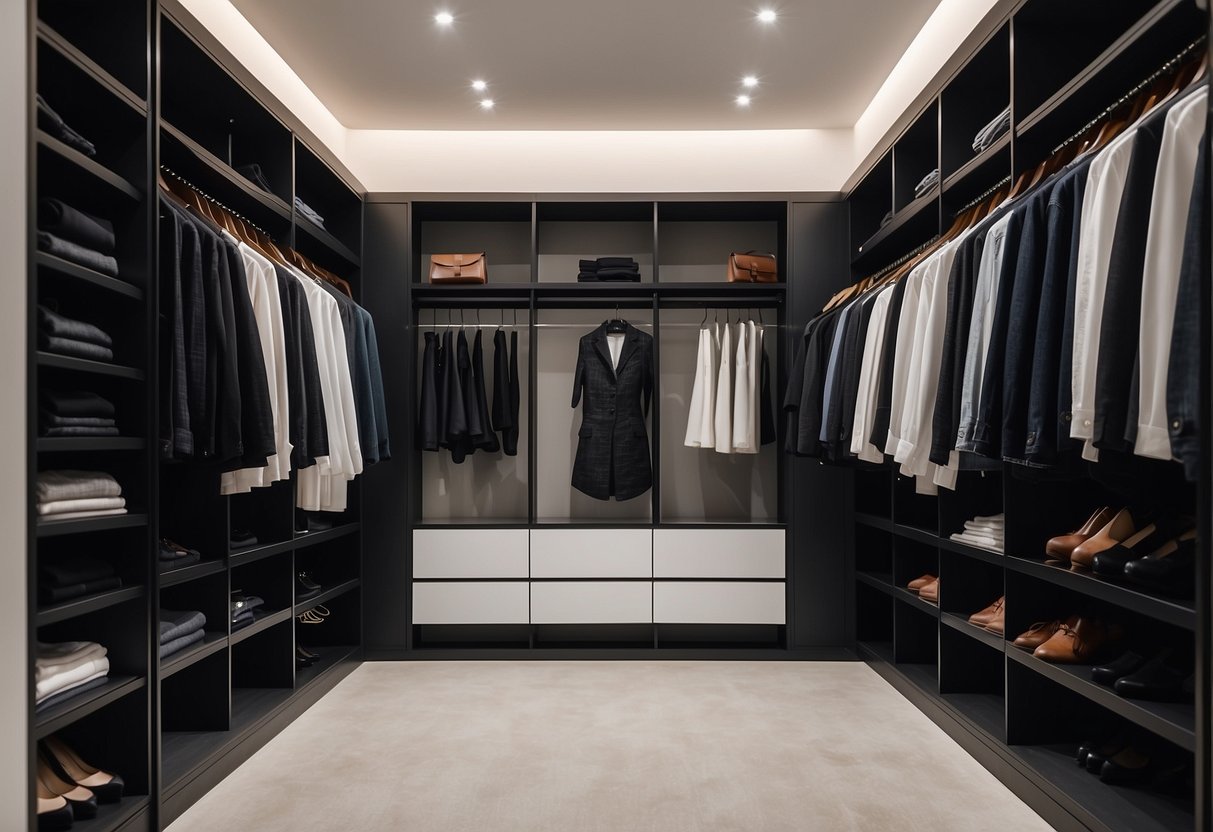
Building a Versatile Wardrobe
Creating a versatile wardrobe involves selecting key pieces that can be easily mixed and matched for various occasions, and choosing items adaptable to different seasons.
Mixing and Matching Essentials
A versatile wardrobe starts with selecting timeless pieces that work well together. Key items like a white shirt, dark jeans, and a blazer are essential. These staples can be styled for both casual and formal occasions.
Incorporating neutral colors makes it easier to mix and match. Neutral tones such as black, white, grey, and beige pair seamlessly with each other. It’s important to have a balance of tops, bottoms, and outerwear that complement each other.
Accessories like scarves and belts add variety without taking up much space. Investing in quality over quantity ensures that these pieces last longer and maintain their look.
Transitioning Through Seasons
Adapting your wardrobe to different seasons requires choosing items that can layer well. Lightweight sweaters and cardigans can be worn alone in spring and layered in winter.
Selecting materials that work year-round, such as cotton or wool, helps in managing temperature changes. Convertible items, like zip-off trousers or jackets with removable linings, offer flexibility.
Footwear is another vital aspect. Opt for shoes that can handle various weather conditions, like waterproof boots for winter and breathable sneakers for summer. A structured coat in a classic cut provides warmth and style throughout the colder months.
Sustainable Fashion Choices
Sustainable fashion focuses on promoting practices that are environmentally friendly and ethical. Choosing clothes made from organic or recycled materials can significantly reduce the environmental footprint.
Many brands are now offering stylish options that prioritize sustainability. These include garments made from organic cotton, hemp, or bamboo. These materials require fewer pesticides and less water.
Thrift shopping and vintage stores also offer sustainable choices. By purchasing second-hand clothes, one can extend the life of garments and reduce waste.
Another sustainable approach includes supporting brands that practice fair trade. These brands ensure that workers are paid fairly and work in safe conditions, promoting social responsibility.
Capsule wardrobes can further support sustainability. Owning fewer, high-quality pieces that mix and match well reduces the need for excessive purchases.
Mindful laundry practices contribute to sustainability. Washing clothes in cold water, using eco-friendly detergents, and line drying can extend the life of garments and reduce energy consumption.
Repairing and altering clothing instead of discarding them also conserves resources. Simple fixes like sewing a button or taking in a seam can make clothes last longer.
Sustainable fashion choices positively impact the environment, society, and economy. By integrating these practices, one can support a more ethical and eco-friendly wardrobe.
To implement sustainable fashion, seek out information on brands and materials that align with these values. By making informed decisions, individuals can contribute to a more sustainable future.



